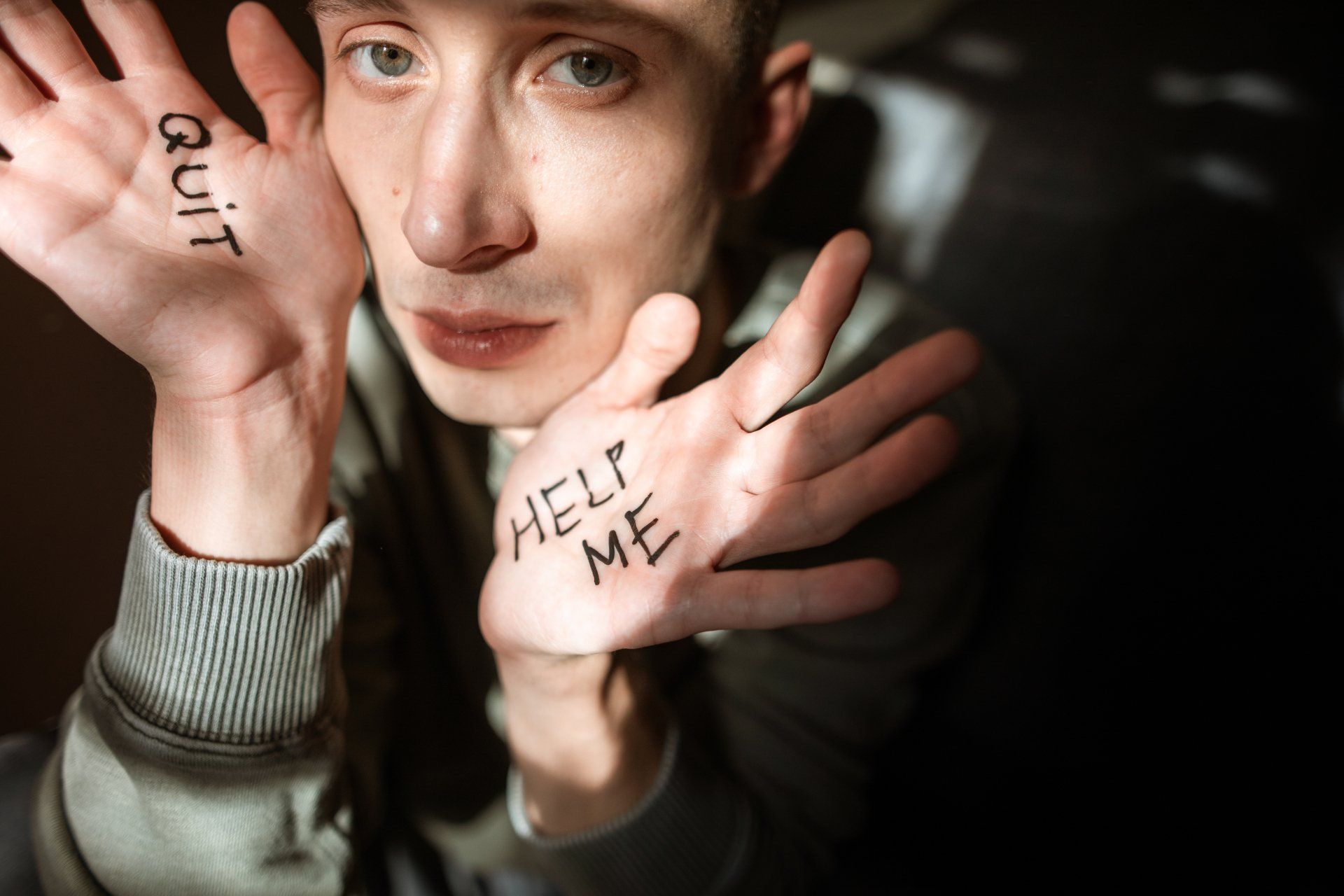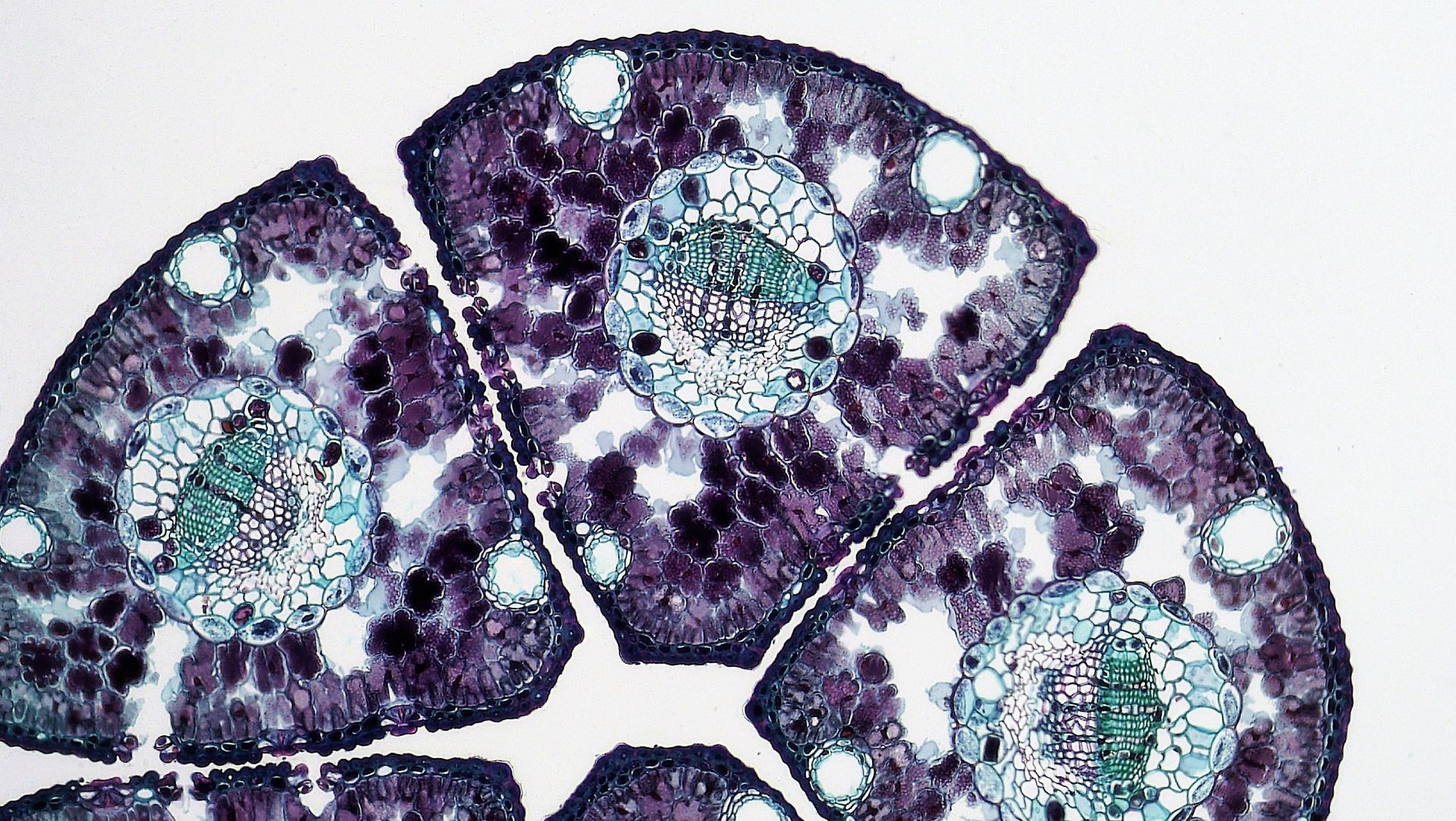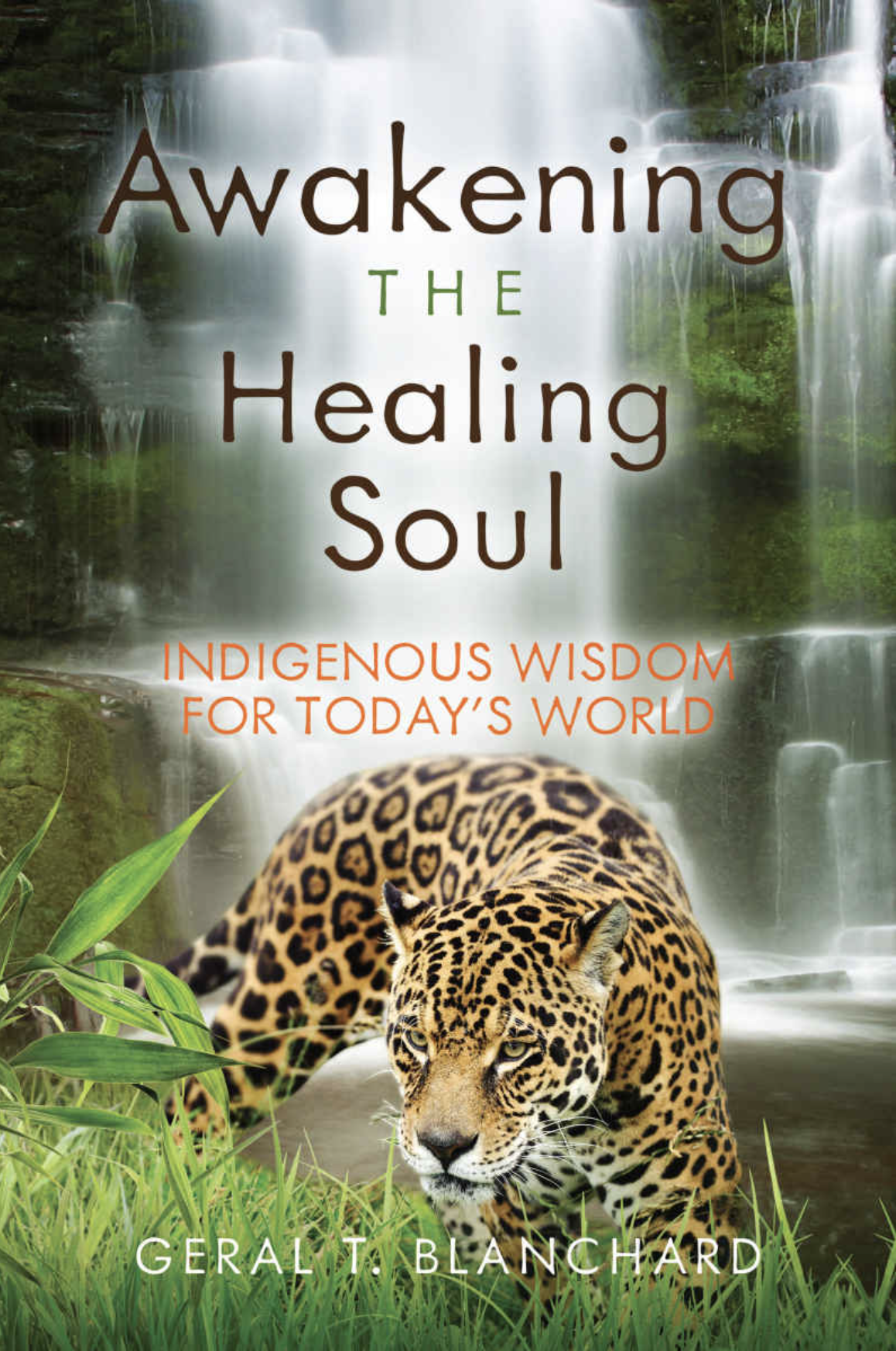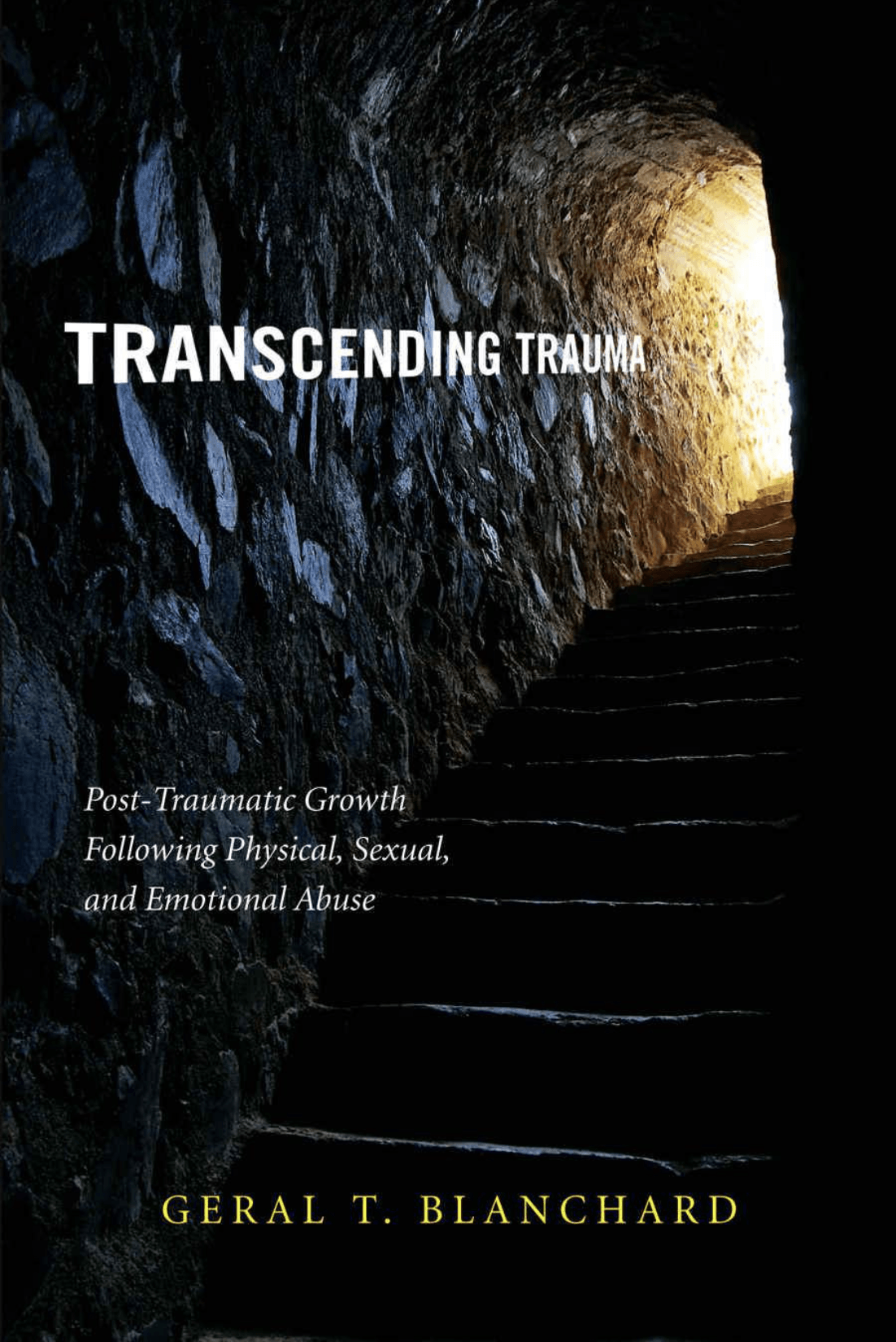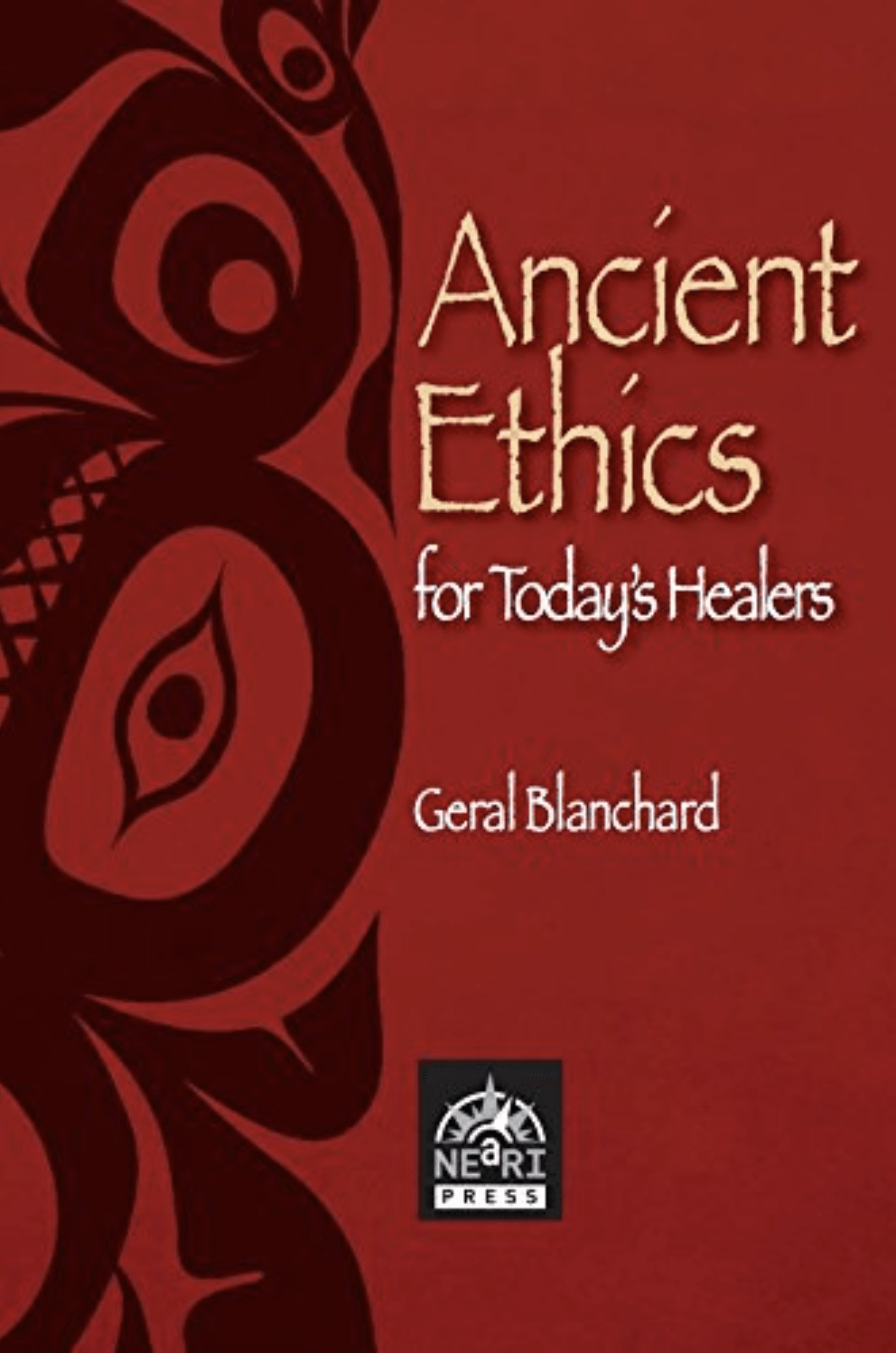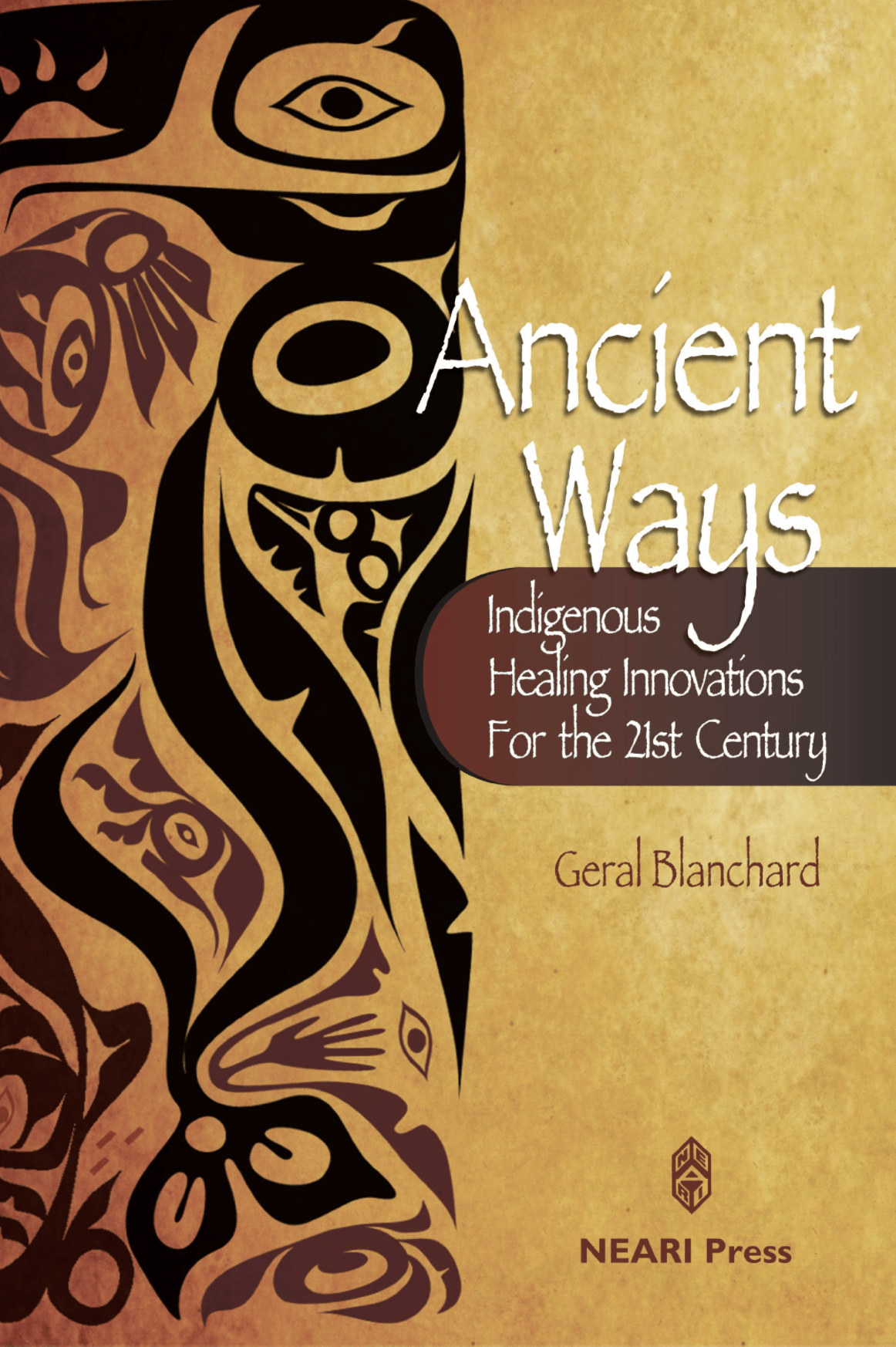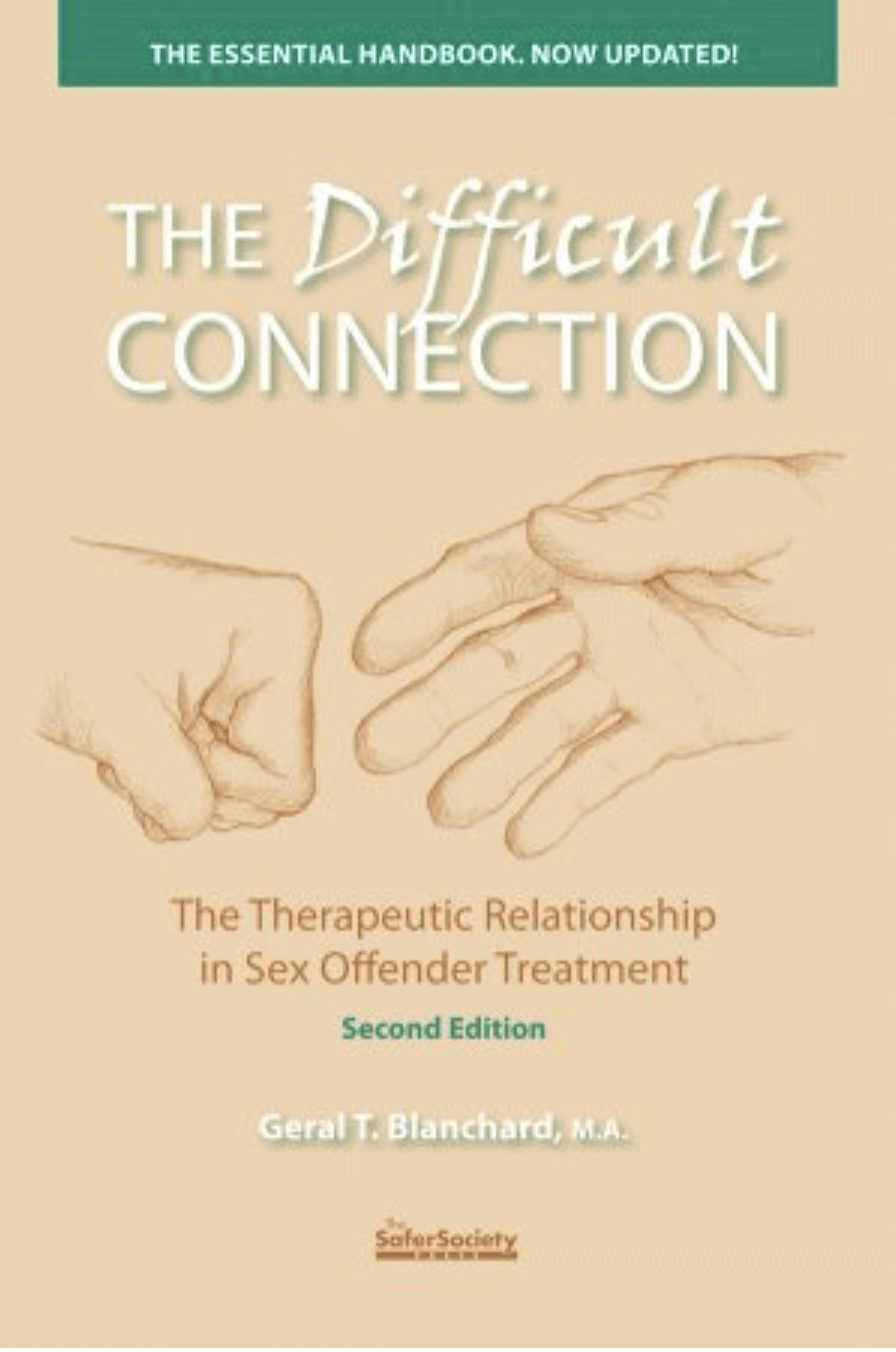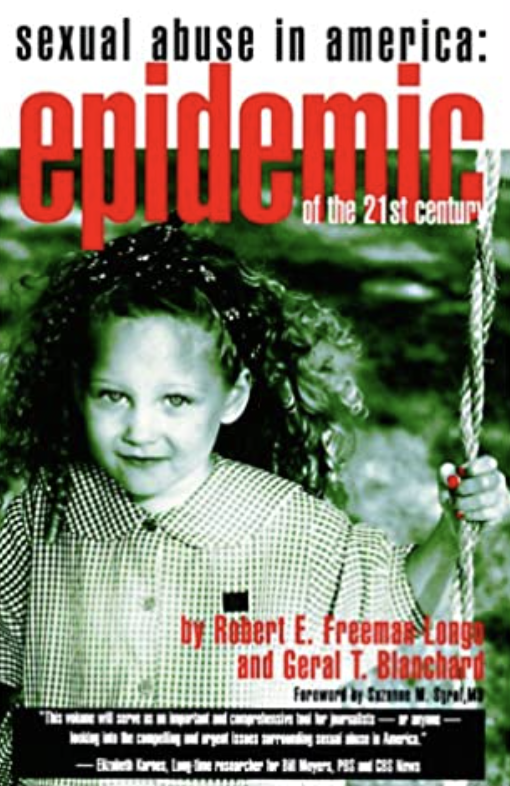Geral Blanchard, LPC, is a psychotherapist who is university trained in psychology and anthropology. Formerly of Wyoming and currently residing in Iowa, Geral travels the world in search of ancient secrets that can augment the art and science of healing. From Western neuroscience to Amazonian shamanism, he has developed an understanding of how to combine old and new healing strategies to optimize recovery, whether from psychological or physical maladies.
MDMA and Grief
An indigenous inspired healer, Jez Hughes, has defined trauma as the inability to forget.
Certainly that could be the failure to complete the trauma cycle as described by Peter Levine in
somatic experiencing trauma therapy.
By observing animals in the wild of Africa Levine noted they instinctively know how to physically release pent up feelings associated with a scary situation and, in so doing, quickly return to their natural flow and wellness. An impala, following a near-death chase by a lion, may collapse to the ground (a form of dissociation) to “escape” the terror of the situation. Then, after a short time and the lion having moved on, they spring to all fours kicking, jumping, and pirouetting. This helps our animal relatives let go of the event in a demonstratively effective way.
Oh, if it were only that easy for humans, but our brains want to hang on to painful memories and resolve them on a cognitive level. We may repeatedly ask “Why?” Or perseverate on wishes of revenge thinking that until they are fulfilled we won’t get over the harm done to us. Flashbacks of trauma are visceral reminders of healing that remains to be done, unfinished business that still grips our psyche.
Trauma could be understood as too much life being felt too much at once, the plight of highly sensitive persons. And when trauma effects linger long after the adversity, we may attempt to tamp them down with constant distractions, limitless pleasures, mind deadening or mood-altering addictions. The Mayan culture believes that when someone is lost in addictive activity, particularly to alcohol, they are lost in water – unexpressed grief.
Events that are traumatizing often come “out of the blue.” They are scary times that are suddenly upon us for which we were not adequately prepared, even if it was a natural event, such as the death of a loved one. And when we are broken it can feel like a dismemberment, as if a part of us has been ripped away. Humpty Dumpty has taken a big fall and wonders if he will ever be put back together again.
Interestingly, in many indigenous cultures the person who was torn apart by trauma and then broken down psychologically, often sets out on their own in search of healing, especially when traditional methods were not found to be advantageous.
What I’ve noted in cultures where this occurs is the tendency to go inward for answers rather than give up when others were of no help, formulate individualized remedies, and then upon healing themselves, head home with insights that enable them to become the healer of others. What was originally regarded as horrible pain came to be understood as a necessary wound. The traumatized person returns with gifts harvested from life’s vicissitudes.
Grief is a form of trauma that can cause a breakdown or a breakthrough. We may lose someone to death, to a breakup, or feel grief over the life we always wanted but never lived. Martin Prechtel who lived among the Maya for years wrote a book on the subject, The Smell of Rain on Dust. Learning from the Maya he concluded human beings, without grief experiences, are relegated to a life when then never grow themselves into real, feeling, and emotionally alive persons.
Likening the widowed person to a snake, Prechtel wrote: “It is a time of natural molting, where the armor of rational thought is pulled away long enough to give us the necessary space and time, in which we are open and unhardened enough to let our new vulnerable state and its soft new skin surrender to grief’s able handling of the rudder of our little ship of sorrow and loss.”
Grief can be praise expressed, although for some observers it is difficult to discern this in the confounding initial stages of loss. To have loved deeply and lost suddenly merits a big and often raucous response, something I witnessed when a mother’s infant died before me in the Amazon. I have never seen or heard such a powerful display of emotions and physical gyrations. It frightened me and I wanted to immediately do something to pacify it. My circumscribed perspective construed that her seemingly over-the-top response, if not subdued, was going to be the devastating event that would destroy her too. What she was doing, in reality, was as Peter Levine witnessed among other animals – an immediate and primal shaking off of painful energy. Her natural reaction may have saved her.
Grief’s poetry can be very difficult to understand. For some people who have loved and lost, an MDMA treatment may be a time to sort out the full gamut of how we knew the “other.” Did we lose some of ourselves when they moved on, or did we absorb some remnants of beauty that can passed on as a healing balm for others? Miraculously, this new ancestor may not be just a person in our past, but an energy that bequeaths life to the present and the future.
*********
Other Topics
Basics of MDMA
Rituals and Ceremony
Brain and MDMA
Trauma
Heart
Energy Movement
Quantum Physics
Native Cosmologies
Nature
Spirituality/Enlightenment
Kogi Tribe
Books written by Geral T. Blanchard
More Articles






